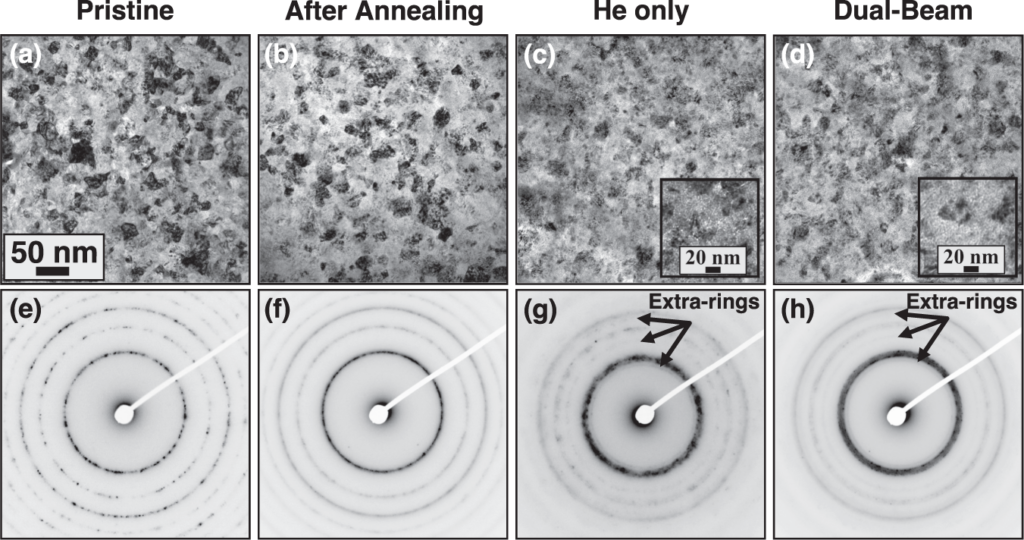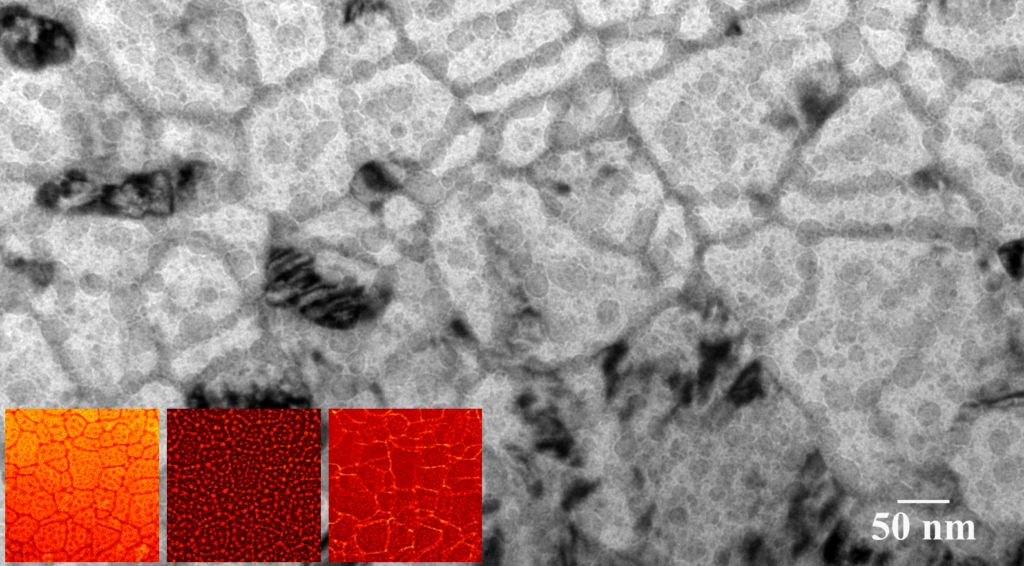Microreactors for Space Exploration

Left shows a zirconium dihydride (ZrH2) and right its precursor a zirconium alloy cladding tube.
The decision to utilise nuclear power for mankind’s extraterrestrial settlement represents a bold departure from traditional solar- and cell-based energy solutions. The use of nuclear microreactors offers several advantages, including enhanced reliability and efficiency together with high mobility. The challenges that materials science should overcome to enable space nuclear microreactors is a topic of our group.
Radiation Shielding and Nuclear Reactor Design
Energetic particles and ionising radiation from in core regions of nuclear reactors must be shielded in ex core regions. Radiation shielding is a highly complex area of research in nuclear engineering today. As nuclear reactors follow the trend of miniaturisation, this means that conventional materials (such as concrete) cannot be used for biological shielding due to strict space and weight criteria. As radiation shielding follows the ALARA principle – i.e., the dose should be “as low as reasonably achievable” – research in this area is currently using advanced applied mathematics and cutting-edge materials science to search for new materials to fit into new small modular reactors and microreactors. We also just initiated a research line in radiation shielding of spacecraft and satellites!
Thermonuclear Fusion
Since the 1970s, selecting materials for future thermonuclear fusion reactors has been a major challenge due to the extreme environmental conditions created by the consequences of the deuterium-tritium fusion reaction. These conditions include the impact of highly energetic fusion neutrons (fast neutrons, 14.1 MeV) causing radiation damage, the implantation of helium and hydrogen ions leading to synergistic radiation damage, inert gas bubble formation, and embrittlement, as well as the presence of a high-power density plasma resulting in high-temperature exposure and thermal gradients and loads. Addressing these multiple degradation mechanisms operating in synergy is crucial in the design and selection of materials for experimental fusion reactors. Our team collaborates with researchers worldwide to enable thermonuclear fusion through fundamental research in metallurgy and materials science!

Radiation Damage Research

Ref: M.A. Tunes et al. Journal of nuclear materials, 512, 239-245 (2018). (https://doi.org/10.1016/j.jnucmat.2018.10.013)
We perform fundamental scientific research to understand how functional materials degrade when exposed to streams of energetic particle irradiation. We are also focused into developing new materials design strategies to counteract the deleterious effect of radiation damage in materials at the microstructural level. We collaborate with nuclear engineering research groups around the world and we are frequent users of the NSUF facilities!


